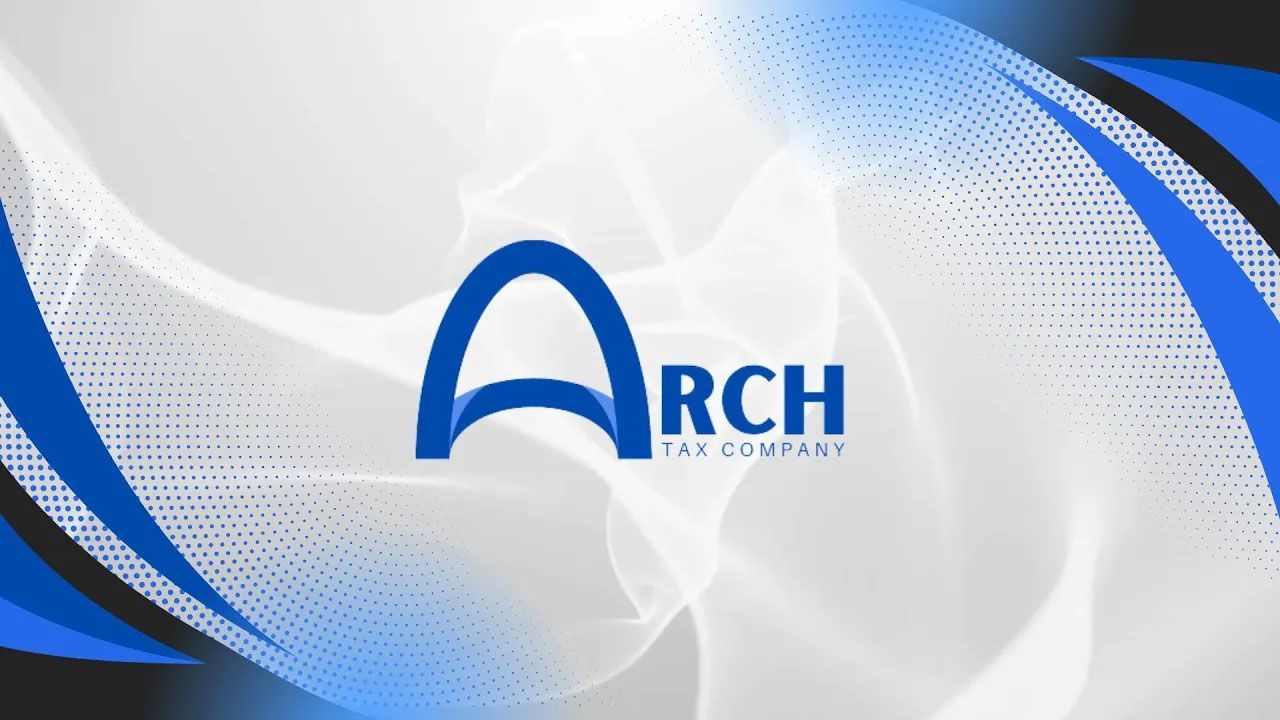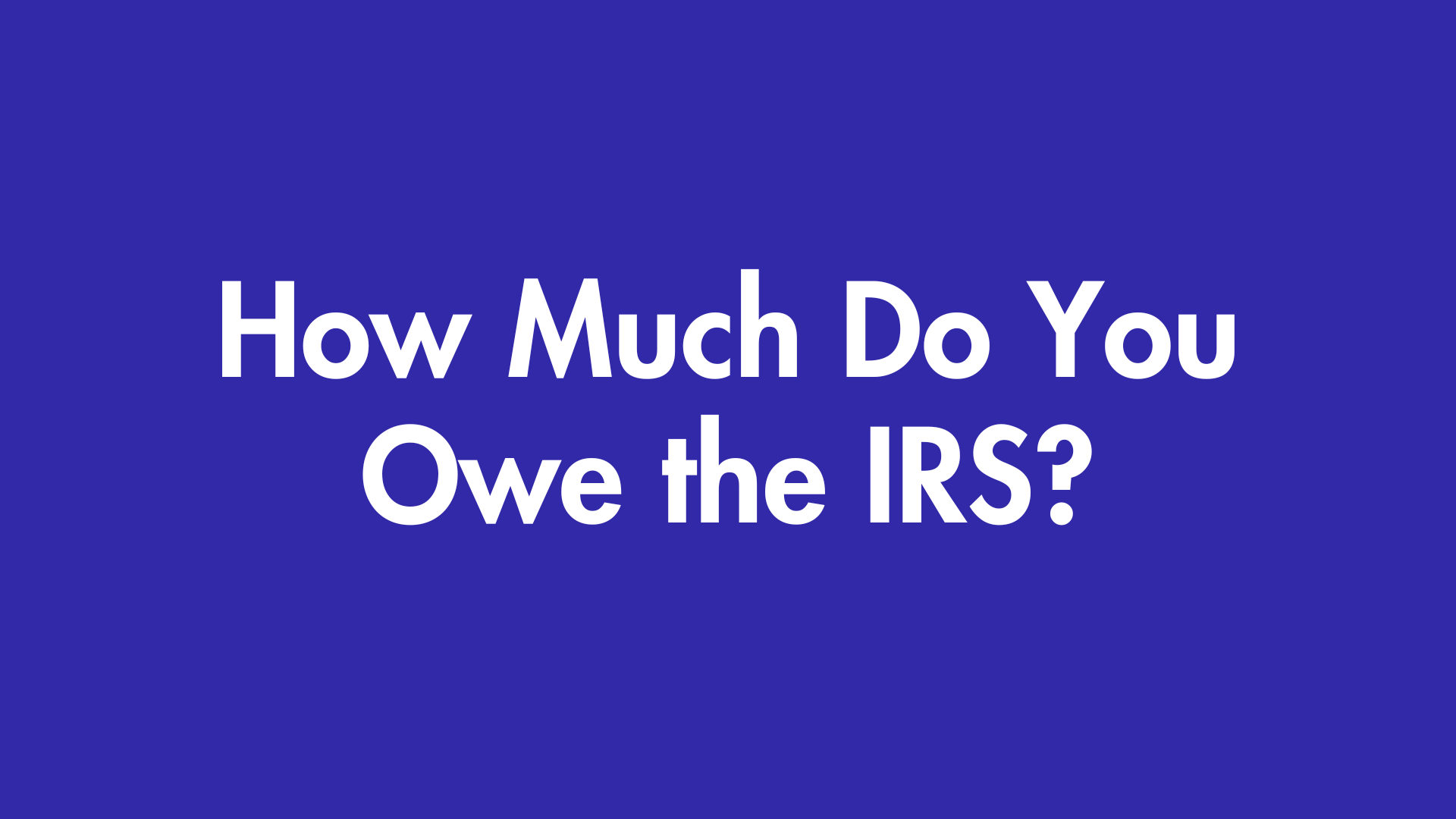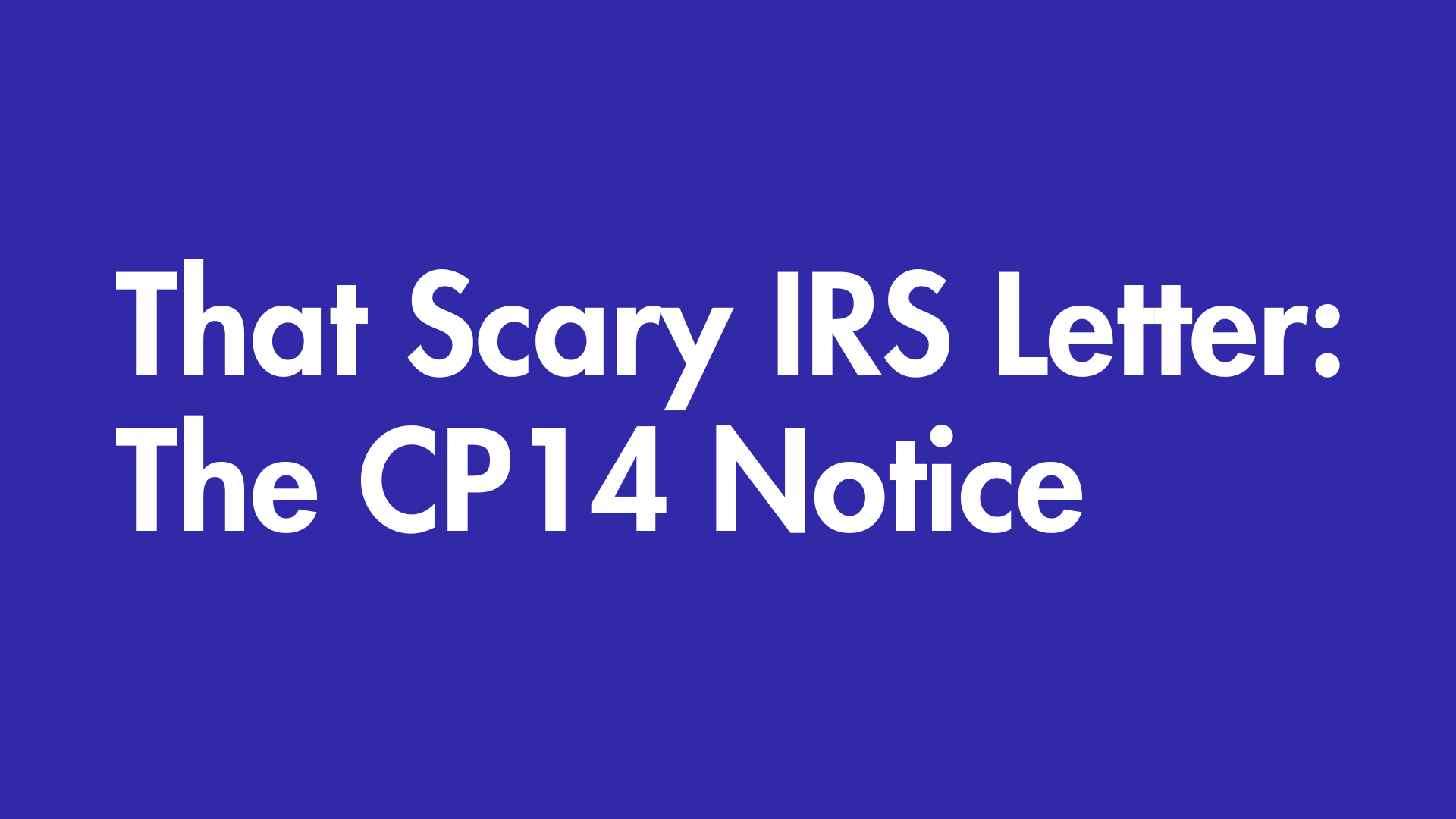The Basics of Tax Resolution
What is Tax Resolution?
Tax resolution is the structured process of negotiating with the IRS to manage and resolve tax debt issues like unpaid taxes, penalties, or disputes. Through various IRS programs, taxpayers can potentially reduce the amount owed or arrange manageable payment terms. For a comprehensive guide on these solutions, visit the IRS's official Tax Debt Assistance page.
We recommend always using a professional when communicating with the IRS, but this article shows you the process.
Importance of Addressing Tax Debt Early
- Avoid Escalating Penalties and Interest – Delaying payment leads to accumulating interest and penalties, significantly increasing the total debt.
- Prevent IRS Collection Actions – Addressing tax debt promptly helps avoid aggressive IRS actions, such as wage garnishments, bank levies, and property liens.
- Protect Your Credit – Unresolved tax debt can lead to liens, which may negatively impact your credit score and hinder future financial opportunities.
- Qualify for Resolution Programs – Early action allows you to explore options like installment agreements, penalty abatement, or an Offer in Compromise, potentially reducing the total debt.
- Reduce Financial Stress – Resolving tax debt sooner offers peace of mind, reducing financial uncertainty and preventing stress from prolonged tax issues.
Types of IRS Transcripts and Their Uses
The IRS provides several types of transcripts to assist taxpayers in managing their tax account and reviewing their tax history. This information is used when forming a resolution strategy:
- Account Transcript – Displays essential account data, including balance owed, payments, and adjustments after filing. This is helpful for understanding the status of a tax account and is available for the current and nine prior tax years.
- Record of Account – Combines both the Account and Tax Return Transcripts, giving a comprehensive view of tax and payment history, along with any adjustments. It’s accessible for the current and three prior tax years.
- Tax Return Transcript – Shows most line items from the originally filed tax return, useful for income verification on loan applications. It doesn’t reflect post-filing adjustments and is available for the current and three prior tax years.
- Wage & Income Transcript – Summarizes income reported to the IRS, such as Forms W-2, 1099, and 1098. Ideal for reconstructing income if records are missing, and available for the current and nine prior tax years.
These transcripts are essential tools for taxpayers needing to verify income, assess their IRS account status, or provide documentation for financial aid, loans, and other applications. Each type can be requested through the IRS’s Get Transcript service.
Overview of the Six-Year Lookback Rule for Filing
This overview provides the essentials of the Six-Year Lookback Rule and its significance in managing tax compliance.
1. What is the Six-Year Lookback Rule?
- The IRS generally requires taxpayers to file returns for only the last six years, even if more years are missing.
2. Purpose of the Rule
- This rule aims to streamline the filing process, allowing the IRS to collect necessary filings while avoiding backlogs of very old returns.
3. Exceptions to the Rule
- In certain cases, the IRS may request older returns if:
- There are outstanding audits.
- Significant unreported income from previous years is discovered.
- State tax returns may also have different lookback requirements.
4. Benefits of Compliance
- Filing the last six years’ returns can bring a taxpayer into "good standing" with the IRS, making it easier to qualify for resolution programs like installment agreements or offers in compromise.
5. Key Takeaway
- For taxpayers with missing returns, filing the last six years helps ensure compliance, potentially avoiding further penalties and enforcement actions.
Understanding the Collection Statute Expiration Date (CSED)
1. What is CSED?
- CSED stands for Collection Statute Expiration Date, the date by which the IRS must legally stop collection efforts on a tax debt, typically 10 years from the assessment date.
2. How CSED is Calculated
- The 10-year collection period starts from the assessment date of the tax debt, generally when the tax return is filed, or the IRS issues a tax assessment.
3. Why CSED Matters
- Knowing the CSED helps taxpayers plan, as the IRS cannot pursue collection actions (such as liens or levies) once this date has passed.
4. Events That Can Extend CSED (Tolling Events)
- Certain actions can "pause" or extend the CSED, including:
- Filing for bankruptcy.
- Submitting an Offer in Compromise.
- Requesting a Collection Due Process Hearing.
- Leaving the U.S. for an extended period.
5. Importance of Tracking CSED
- Tracking the CSED ensures taxpayers know when their liability may expire, allowing them to strategically decide on repayment or settlement plans.
Common Tax Resolution Options
1. Installment Agreement
- Allows taxpayers to pay their tax debt in monthly installments.
- Useful for those who can’t pay the full amount upfront but can make manageable monthly payments.
2. Offer in Compromise (OIC)
- A settlement option where the IRS agrees to accept less than the full amount owed.
- Taxpayers must demonstrate limited ability to pay to qualify.
3. Currently Not Collectible (CNC) Status
- Temporarily halts IRS collection efforts for taxpayers facing severe financial hardship.
- Debt remains, but active collections (like liens and levies) are paused until financial circumstances improve.
4. Partial Payment Installment Agreement (PPIA)
- A modified installment plan that allows lower monthly payments than a standard installment agreement.
- Generally requires a review of the taxpayer’s financial situation and may be reassessed periodically.
5. Streamlined Installment Agreement (SIA)
- Offers a quick approval process without extensive financial review, making it easier for eligible taxpayers.
- Allows manageable monthly payments for up to 72 months, reducing the stress of immediate full payment.
Each resolution option provides a pathway to manage tax debt based on the taxpayer's specific financial situation, allowing them to resolve or reduce their tax obligations with the IRS.
Steps to Begin the Tax Resolution Process
1. Gather All Tax Documents
- Collect recent tax returns, IRS notices, and income statements. Also, request IRS transcripts to understand the full scope of the debt and account activity.
2. Assess Financial Situation
- Evaluate current income, expenses, assets, and liabilities to understand financial standing. This assessment is crucial to determine eligibility for various resolution options.
3. Identify Available Resolution Options
- Based on your financial review, decide which option (Installment Agreement, Offer in Compromise, etc.) may be most suitable for managing the tax debt.
4. Complete IRS Forms
- Fill out necessary forms specific to the resolution option, such as Form 9465 for Installment Agreements or Form 433-A for financial disclosures in an Offer in Compromise.
5. Submit the Proposal to the IRS
- Send your completed forms and documents to the IRS and wait for their response. Timely and accurate submissions increase the chances of successful negotiation.
6. Respond to IRS Communications Promptly
- Stay responsive to IRS notices or requests for additional information, as delays could result in collection actions or denial of the proposal.
This process can be complicated and you should consult with a professional. Arch Tax has submitted thousands of successful resolutions with the IRS and we are available to give you a
free consultation. You can also call us at
(844) 556-3073.








